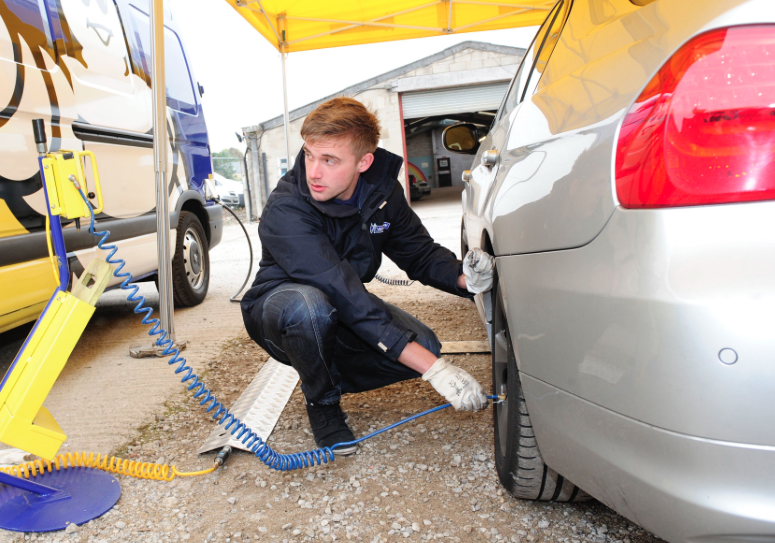 Businesses can extend their tyre replacement intervals and taking advantage of greater savings if company car and van drivers are encouraged to take greater care of their tyres, according to Michelin’s fleet team.
Businesses can extend their tyre replacement intervals and taking advantage of greater savings if company car and van drivers are encouraged to take greater care of their tyres, according to Michelin’s fleet team.
The tyre manufacturer is prompting fleet managers to remind drivers of four simple steps they can take to extend tyre life, improve uptime, cut running costs and reduce environmental impact.
Pressure
Michelin warns that tyre pressures are frequently being overlooked and encourages drivers to check pressures at least once a month, which can be done at most fuel stations or at home with a pressure gauge. Tyres should also be checked before long journeys and when the tyres are cool, to achieve an accurate reading.
Tyre condition has a significant impact on a vehicle’s steering, handling and braking, with under or over-inflated tyres increasing fuel consumption and causing wear and tear.
“Running on tyres just a few psi below the manufacturer’s recommended pressures will reduce a vehicle’s fuel efficiency on every journey. The combined savings for fleets could be significant,” says Peter Wood, Michelin Key Account Manager.
Wheel alignment
Drivers are also being advised to pay close attention to wheel alignment, as poor tracking can cause a vehicle’s handling to be altered, compromising safety. If tyres have come into contact with solid objects, such as kerbs or potholes, or if a tyre is suffering from uneven wear, it is important to get the wheel alignment checked by an expert.
Treads
Tyre treads also have direct impact on the performance and safety of a vehicle. Tyres should have at least 1.6mm of remaining tread depth, measured across the central three-quarters of the tyre and all the way round. Checking tread depths is quick and simple – and if any tyre is below the limit, it should be replaced immediately.
Driving habits
Wood advises that the impact of good driving habits should not be underestimated. “Although wear and tear isn’t completely avoidable, drivers can adjust their driving habits to keep tyres in good condition. Excessive braking, acceleration, or constantly stopping and starting can cause tyres to wear much faster, meaning more trips to the tyre fitters,” he says.
“Avoiding uneven road surfaces, such as potholes, and going over speed bumps with care will all help to prevent wheels and tyres from being damaged or knocked out of alignment.”

































